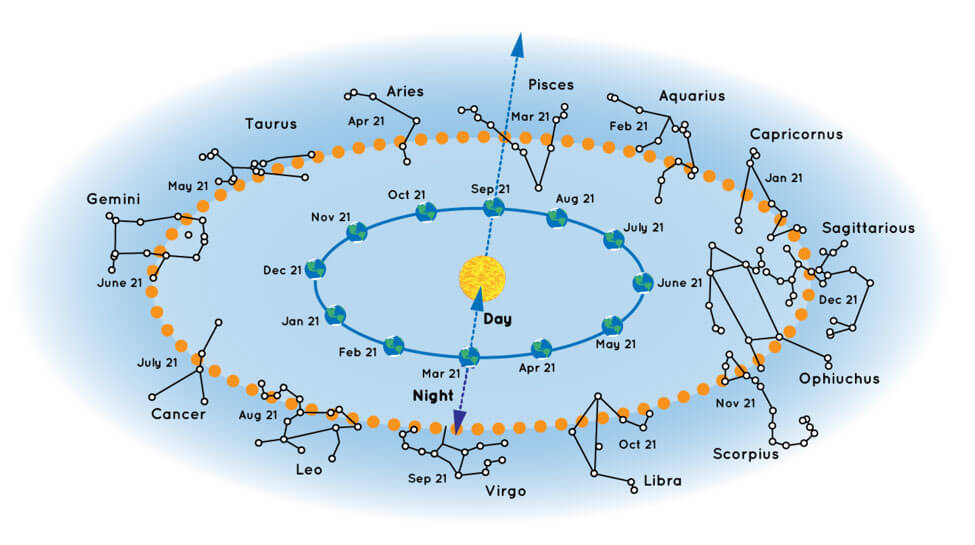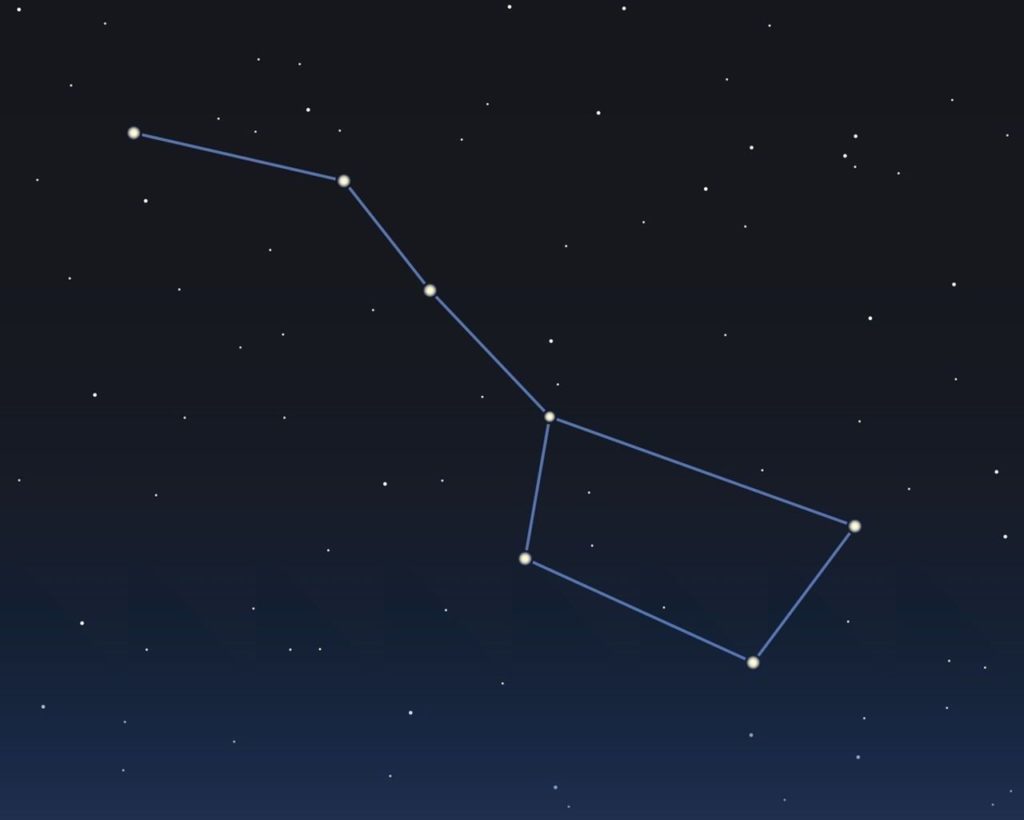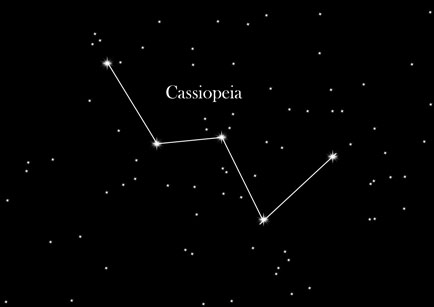The night sky is a beautiful and mesmerizing sight, filled with stars and celestial objects that seem to come to life. One of the most fascinating aspects of stargazing is the ability to recognize and identify different constellations. A constellation is a group of stars that are connected in a pattern, which creates an image in the night sky. There are many different constellations visible from different parts of the world, and each one has its own unique story and mythology. In this article, we will explore some of the most recognizable and popular constellations that can be seen in the night sky.
The Big Dipper
The Big Dipper is one of the most recognizable and popular constellations in the night sky. It is a part of the constellation Ursa Major, also known as the Great Bear. The Big Dipper is easy to spot, as it is made up of seven bright stars that form the shape of a ladle. The Big Dipper is a circumpolar constellation, which means that it never sets in the night sky and can be seen year-round.
The Little Dipper
The Little Dipper is another popular constellation that is easy to spot in the night sky. It is part of the constellation Ursa Minor, also known as the Little Bear. The Little Dipper is much smaller than the Big Dipper and is made up of seven stars that form a small dipper shape. The star at the end of the Little Dipper's handle is Polaris, also known as the North Star. Polaris is an important star for navigation and can be used to determine the direction of north.
Orion
Orion is one of the most recognizable constellations in the night sky, and is easily recognizable by the three bright stars that form Orion's Belt. These stars are located near the center of the constellation and are bright enough to be easily visible from most parts of the world. In addition to Orion's Belt, there are also several other bright stars that make up the rest of the constellation, including Betelgeuse and Rigel. The story behind Orion is that he was a great hunter, and his constellation was placed in the sky to honor his legacy.
The constellation of Orion is also home to several interesting celestial objects, including the Orion Nebula, which is a bright and colorful cloud of gas and dust that is visible to the naked eye.
Taurus
Taurus is another easily recognizable constellation in the night sky. It is located near the constellation of Orion, and is easily recognizable by the bright red star Aldebaran, which is located near the center of the constellation. Taurus is also home to the Pleiades, also known as the Seven Sisters, which is a group of seven bright stars that are visible to the naked eye. The constellation of Taurus is associated with the myth of Zeus and Europa, and the constellation is said to represent the bull that Zeus took the form of to woo Europa.
Leo
Leo is a constellation that is located near the center of the night sky, and is easily recognizable by the bright stars that make up the shape of a lion. The brightest star in the constellation of Leo is Regulus, which is located near the center of the constellation. Leo is also home to several other bright stars, including Algieba and Denebola. The constellation of Leo is associated with the myth of the Nemean Lion, which was a fierce lion that was said to be defeated by Hercules as one of his twelve labors.
Cassiopeia
Cassiopeia is a constellation that is easily recognizable in the night sky, and is located near the North Pole . It is easily recognizable by the W-shaped pattern that is formed by five bright stars. Cassiopeia is a circumpolar constellation, which means that it can be seen throughout the year in the northern hemisphere. The constellation is associated with the myth of Cassiopeia, who was a beautiful queen that was said to have boasted about her beauty and was punished by being placed in the night sky for all to see.
Gemini
Gemini is another easily recognizable constellation in the night sky. It is located near the constellation of Orion, and is easily recognizable by the two bright stars that form the shape of a set of twins. The stars in the constellation of Gemini are Castor and Pollux, who were said to be the twin brothers of Helen of Troy in Greek mythology. Gemini is also home to several other bright stars, including Alhena and Mebsuta.
Pegasus
Pegasus is a large and recognizable constellation in the night sky. It is easily recognizable by the large square pattern that is formed by four bright stars. The constellation is associated with the myth of Pegasus, the winged horse, who was said to be a powerful and beautiful creature. Pegasus is also home to several interesting celestial objects, including the Andromeda Galaxy, which is one of the closest galaxies to our own Milky Way.
Aquarius
Aquarius is a constellation that is located in the southern hemisphere, and is easily recognizable by the Y-shaped pattern that is formed by four bright stars. The constellation of Aquarius is associated with the myth of the water bearer, who was said to have poured water from a jug to water the earth. Aquarius is also home to several interesting celestial objects, including several globular clusters and the planet Uranus, which can be seen with a telescope.
Cygnus
Cygnus is a constellation that is located in the northern hemisphere, and is easily recognizable by the shape of a cross that is formed by five bright stars. The constellation of Cygnus is associated with the myth of the swan, who was said to have been turned into a constellation after its death. Cygnus is also home to several interesting celestial objects, including the North America Nebula and the star cluster NGC 6910.
The night sky is a beautiful and fascinating place, and recognizing different constellations can add to the enjoyment of stargazing. There are many different constellations that are visible in the night sky, each with its own unique story and mythology. Whether you are looking for the Big Dipper, Orion, or any of the other constellations that have been discussed, the night sky is sure to provide a beautiful and fascinating sight.










